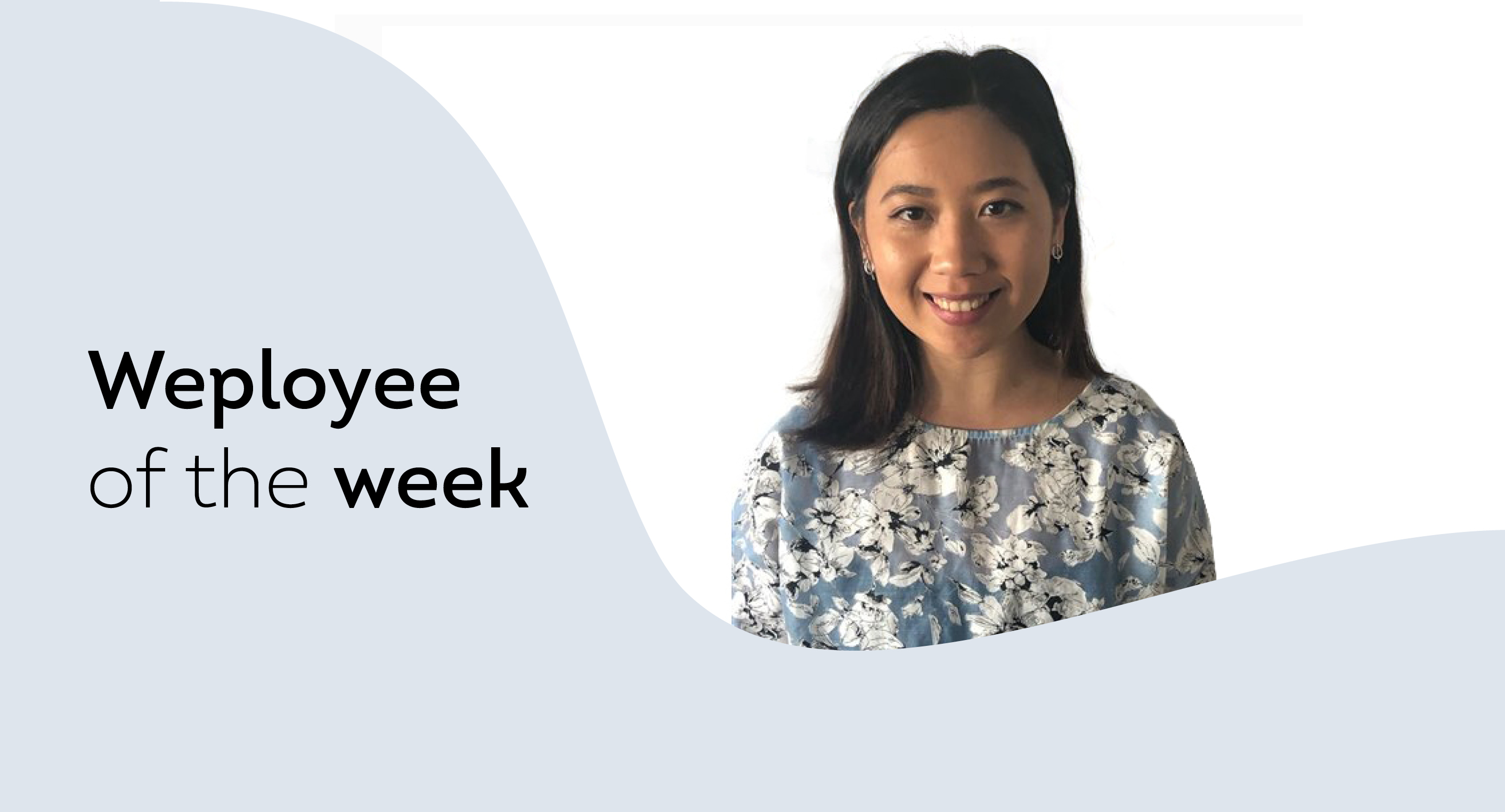When I think about the best leaders I've worked with there has always been one element that stands true. I trust and respect their decision making. I don't have to want to be their best friend, but I have to believe in the decisions they make.
I'm faced with a multitude of decisions every day and my biggest priority, both professionally and personally, is to constantly improve how I make decisions. So I thought I'd share the four most important principles I've developed when it comes to making decisions. I've also added further reading within each principle, and if you're keen to learn more I'd highly recommend subscribing to the podcast and blog of Farnam Street as it's a goldmine of wisdom within this field of study.
Principle 1: Prioritise
We are faced with a paradox of our own evolutionary making. People who lack choice, seem to want and fight for choice but this has a cost. The more choices and decisions we make, the less effective we become over time at choice making. It's well understood now that we have limited resources when it comes to making decisions, and continually working this muscle creates decision fatigue. We see this in all parts of life, with research showing judges make poorer decisions later in the day. But we're not just talking about big decisions, choices come at us from all angles each day. Choosing what coffee to order, which shampoo to buy, if I should snooze my alarm or get up. No matter how trivial, they all have an impact on our ability to make good decisions. So to improve, the only option is to limit the number of decisions you make. A great tool I found on the Farnam Street blog was a take on the 2x2 Eisenhower matrix that categorised decisions into four categories.
- Irreversible and inconsequential
- Reversible and inconsequential
- Reversible and consequential
- Irreversible and consequential
Those decisions that are inconsequential, whether reversible or not, are to be delegated. For decisions that have consequences but are reversible - there is opportunity to run experiments of which your team or individuals can share the learnings. The only decisions that should require your brain power are those which are consequential and irreversible. Of course this is only a framework and you will have to clearly define what the terms ‘consequential’ and ‘reversible’ mean to you and your business. But this has already helped me focus on what matters and build capability and empowerment in my teams.
Further reading: https://fs.blog/2009/07/an-introduction-to-decision-making/
Principle 2: Give Yourself Time
It's easy to think that great decision makers are those that are instantly able to weigh up a scenario, identify the possible outcomes and come to an immediate decision. It's impressive but what's the rush? If this really is an important decision - by which I mean one that is both consequential and irreversible, then the desire to make an immediate decision is due to us falling prey to a cognitive bias of pushing to do what is easiest with the available information.
It's hard to think of opposing points of view or other alternate outcomes but that's really what success in my job is all about. I try to give myself time to think about as many contributing factors and apply as many lenses onto a situation as I can. Then I give myself thinking time. Personally, I’ve found I need to change my environment, go for a walk, or sit in another part of the office to let my mind wander around the decision. Play thought experiments and try to walk through the outcomes with different hats on.
One great model from the mathematician Carl Gustav Jacob Jacobi is to inverse the problem. To do this, rather than try to think of solving a problem forward (for instance - trying to increase productivity in your team), instead invert the problem, and ask what are all the things that I could do to reduce productivity in my team. Then don't do them! It may not solve the problem you're facing but it can mean you don't factor in arguments that can lead to poor outcomes.
Further reading: https://fs.blog/2014/06/avoiding-stupidity/
Principle 3: Be accepting of ignorance
First let's define what a decision in uncertainty means. Uncertainty is when we don't know the outcome of a decision and we don't know the probability of those outcomes. This is different from a decision in risk - where we don't know the outcomes but we do know the probabilities. A professional poker player will know the probabilities of a win based on their hand but the outcome is still unknown. So, when dealing with uncertainty you are going to be ignorant of some elements that are relevant and consequential to a decision. Importantly there are two states of ignorance.
- Primary ignorance: If you cannot see it or understand it, it does not exist
- Recognised ignorance: We recognise we cannot predict all the outcomes
It may seem that if we can't predict the unknowable outcomes any better if they are recognised or not... then why bother. But when you are aware of your own ignorance, you can start to look for sources of cognitive bias that could cloud your decision-making. There are plenty of such biases that can affect how we approach decision making - but the three that are most relevant are:
- Overconfidence Bias: The subjective confidence that accuracy of our own beliefs is higher than the objective accuracy
- Salience Bias: We tend to focus on information that is more prominent and perceptible to us, ignoring factors that are less so.
- Confirmation Bias: We tend to recall examples that reinforce our existing beliefs
Personally, I look to embrace my own ignorance when it comes to uncertainty and try to uncover how my decisions could be coloured.
Further reading: https://sites.hks.harvard.edu/fs/rzeckhau/anatomy of ignorance.pdf
Principle 4: Optimise for the long term
Another factor I find important is to optimise decisions for the long term. Again - the human brain is hard-wired to seek instant gratification. For me, this comes down to looking for win/win scenarios and what is called second order thinking. They are strikingly simple concepts in theory but both require conscious effort to implement. Any relationship, if it is to last, must be win/win so when I'm considering which direction to go, it must benefit both my customer, and Weploy as a business, if it has any chance to prosper over time. The other model, second order thinking can be boiled down to a simple phrase:
And then what?
If I make this decision now, what happens tomorrow, what about in a weeks time, a month, year, 10 years… Not all decisions need you to go too far in the future, but thinking about the branches of possible outcomes through and then what is hugely valuable. I regularly find decisions come up that can be negative in the first order (have a high cost, slow down production etc.) but when we move to the second order and third order they can become a net positive. As all of my decisions should look to build long term, sustainable competitive advantage, second order thinking is essential if I am to succeed.
Further reading: https://medium.com/@noahmp/second-order-thinking-3fc2a224b131
So those are the four principles I try to use when making decisions, hopefully you find it valuable and I'd love to hear more about the most important tricks and models you use to improve your decision making.

What was your first job?


Education: Year 12, Cert 4 commercial cookery, Cert 4 security operations
Streamline your hiring
Business support staff with no hidden fees. Start hiring anytime.
